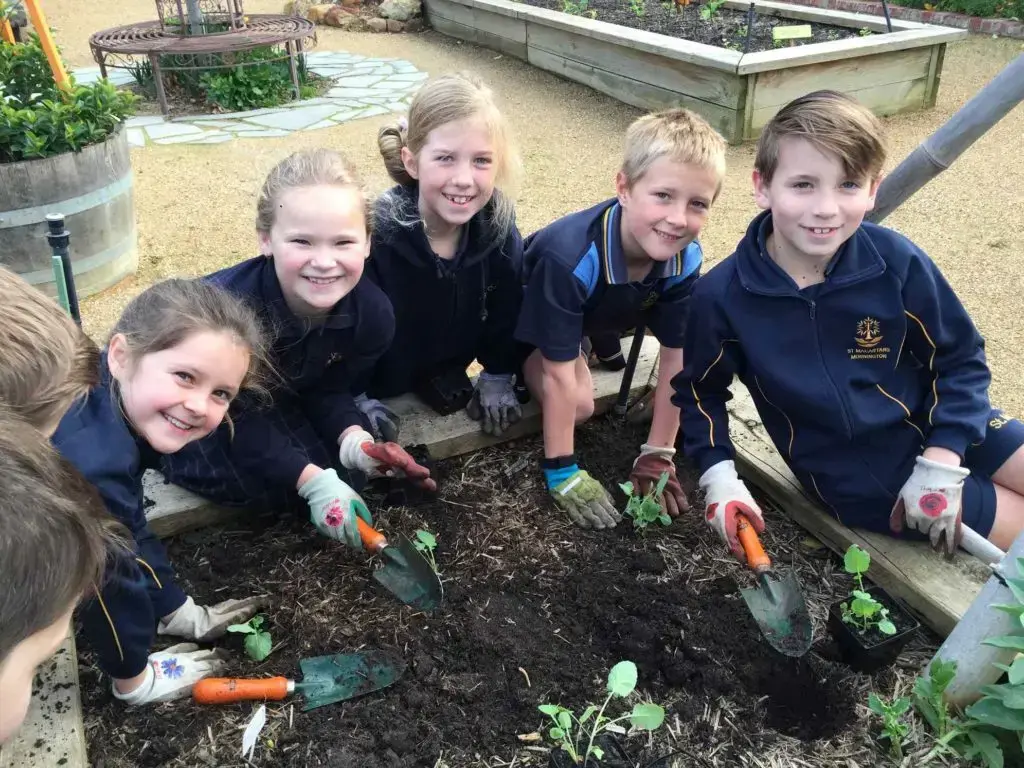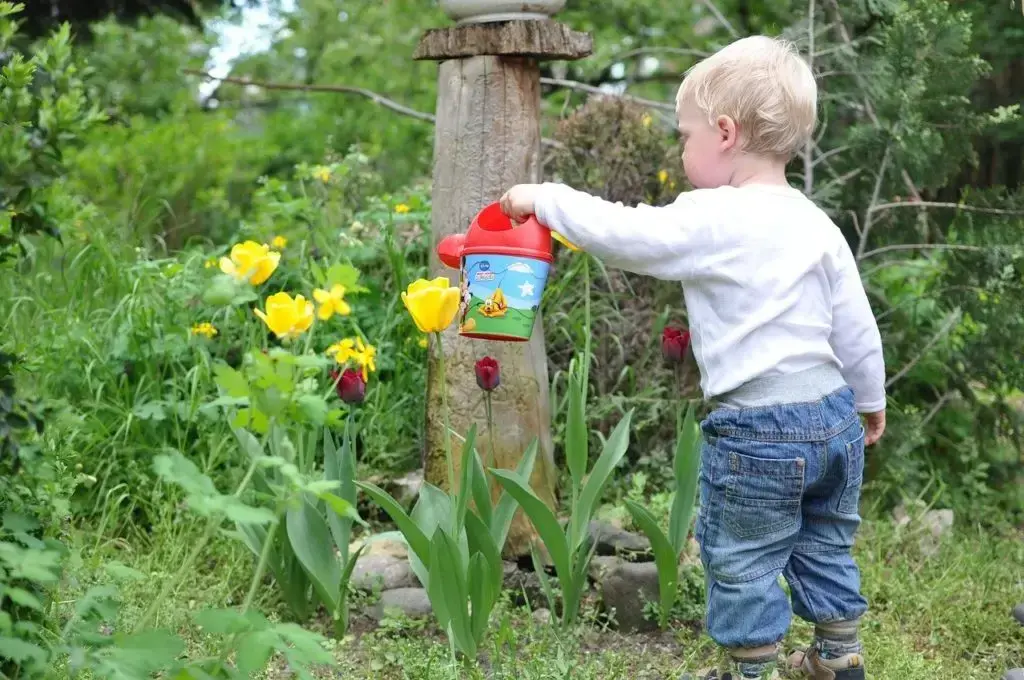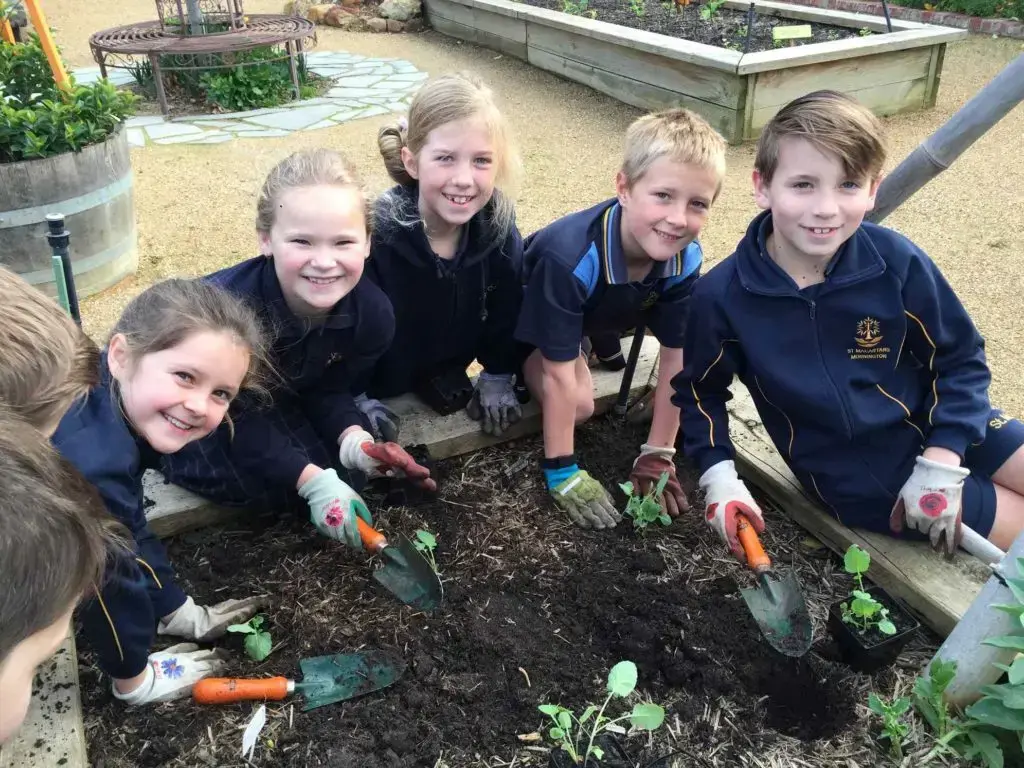Soils in Schools
We believe it is important for all children to be aware of the importance of healthy soil, to have a better understanding of natural systems and to know where food comes from. We also believe in equipping the next generation to flourish in the knowledge and understanding of the natural environment, especially the soil that is so much more than the dirt under out feet.

Resources for teachers
Although our case studies provide outstanding examples of farmers and land managers are working regeneratively, Soils For Life does not publish resources specifically for the primary or high school classroom. Instead, we’ve collected a list of the teaching resources prepared by the outstanding educators working in this area.
Story books for younger kids
‘Nema and the Xenos: A Story of Soil Cycles’ is an engaging, interesting and beautifully illustrated book from Scale Free Network and CSIRO Publishing.
In Exploring Soils: A Hidden World Underground, James discovers that soil is not just dirt for digging in. He explores how plants and animals live in soil, how soils are formed, how they differ, and the ways that soil is essential in our lives.

Outdoor and garden education
The Stephanie Alexander Kitchen Garden Foundation provides educational resources, professional development, support and inspiration for educators to deliver pleasurable food education to children in Australia.
Seed Harvest Spoon use community garden development as a catalyst to educate communities in growing local, seasonal and organic food, generating healthy ecosystems and promoting local biodiversity.
The 24 Carrot Gardens project establishes gardens in schools and communities where children learn to grow, cook and eat healthy produce. Their gardens are located in fifteen Tasmanian schools and communities.

Teaching resources for all ages
The Farmer’s Footprint has shared playful activities, lessons, garden art and educational resources for future farmers. The hub teaches land stewardship to children and plants the seed of regenerative language. These resources can be used in the classroom or at home.
The Soil Story: The road to regenerative agriculture teaching resources adhere to the curriculum’s outcome and objectives for Science, Geography, History, Agricultural Technology and Technology Mandatory Key Learning Areas. The unit can be taught as it stands, or has the capacity to employ supplementary pedagogical styles such as, ‘project-based learning’ as it allows real world connections to be made and contexts explored right throughout the unit.
Soils in Schools: Soil Science Australia has developed a range of teacher guides and educational resources to educate school children on the relevance and importance of soils and to encourage a wider interest in our soil resources.
Primezone provides teachers with a single-point of access to a range of primary industries education resources.
Scootle is a national repository that provides Australian schools with more than 20,000 digital resources aligned to the Australian curriculum.
Junior Landcare have made it easy and fun for you to get the children in your life involved in environmental sustainability activities at school, at home or in your community.
Phenomenom looks at the entire classroom through the lens of food. It is a free digital toolkit for teachers including an online library of videos and audio resources that act as springboards for curriculum-aligned PDF lesson plans in every subject area.
Teaching older students? Discover how our case studies of regenerative agriculture can benefit your classroom.





